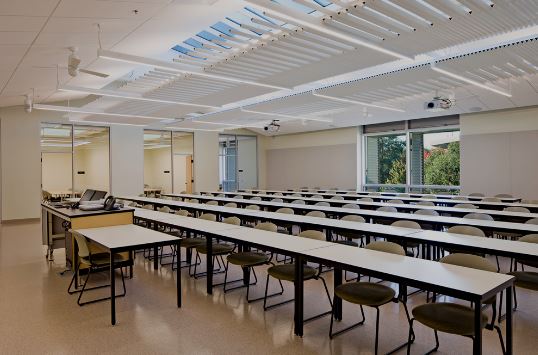The Impact of MEP Design on Educational Facilities in California
Introduction
In an era where education is evolving to meet the demands of a rapidly changing world, the design and layout of classrooms play a pivotal role in shaping the learning experience. California, known for its innovative approach to education, is at the forefront of this transformation. The principles of Modern Educational Planning (MEP) are being embraced to create dynamic and inclusive learning environments.
From flexible seating arrangements that foster collaboration to the integration of technology that enhances engagement, MEP design extends far beyond aesthetics. In this blog, we explore how thoughtful classroom design is revolutionizing education, ultimately nurturing creativity, critical thinking, and a sense of community. Let’s delve into the transformative power of MEP design and its lasting effects on educational facilities across California.
Understanding MEP Design in Educational Facilities
In the ever-evolving landscape of educational facilities, the importance of Mechanical, Electrical, and Plumbing (MEP) design cannot be overstated. These systems play a crucial role in fostering learning, safety, and comfort for students and educators alike. California, with its diverse climate and increasing student populations, faces unique challenges that demand thoughtful MEP design solutions.
MEP design encompasses the planning and implementation of systems that regulate heating, ventilation, air conditioning (HVAC), lighting, electrical distribution, and plumbing within a facility. When executed with precision, these systems contribute to:
- Energy efficiency.
- Sustainability.
- Improved indoor air quality.
California’s commitment to green building standards, such as LEED (Leadership in Energy and Environmental Design), encourages schools to adopt innovative solutions. Integrating renewable energy sources and smart technology into MEP design not only enhances sustainability but also optimizes operational efficiency.
Key Components of MEP Design
Mechanical Systems: Ensuring Comfort and Air Quality
Mechanical systems primarily focus on HVAC, which regulates temperature and air circulation. A well-designed system ensures that classrooms remain comfortable year-round, regardless of external weather conditions. In California’s varied climate, effective HVAC solutions:
- Improve air quality.
- Reduce respiratory issues.
- Promote student focus.
Additionally, energy-efficient heating and cooling systems, such as smart thermostats and zoned heating, contribute to cost savings while minimizing environmental impact.
Electrical Systems: Powering Modern Classrooms
With the increasing reliance on technology in education, electrical systems must support various devices, from computers to interactive whiteboards. Thoughtfully designed electrical systems ensure:
- Seamless connectivity.
- Enhanced student engagement.
Moreover, integrating smart lighting solutions can significantly improve learning environments. Adjustable lighting, which adapts to occupancy and time of day, enhances visibility while conserving energy. By implementing renewable energy sources like solar panels, schools can further align with California’s sustainability initiatives.
Plumbing Systems: Promoting Hygiene and Sustainability
Plumbing systems are essential in providing clean water for drinking, sanitation, and irrigation. In educational settings, well-maintained plumbing ensures that students and staff have access to hygienic facilities.
Given California’s water conservation efforts, incorporating water-efficient fixtures is crucial. Advanced plumbing designs not only support sustainability goals but also educate students on responsible water use.
The Role of MEP Design in Enhancing Learning Environments
Improving Student Well-being and Focus
Properly designed MEP systems directly impact student concentration and overall well-being. Well-ventilated classrooms with optimal temperature control help reduce distractions and enhance comfort, allowing students to focus on learning.
Furthermore, improved lighting systems have been shown to:
- Reduce eye strain.
- Improve cognitive performance.
Natural lighting and energy-efficient LED fixtures create a more conducive learning atmosphere.
Supporting Innovative Teaching Methods
As classrooms evolve into interactive learning hubs, MEP design must accommodate modern teaching methods. From smart boards to virtual learning stations, the integration of advanced electrical and mechanical systems enables a seamless educational experience.
Additionally, flexible classroom layouts require adaptable MEP solutions. Moveable partitions, modular seating arrangements, and technology-driven learning stations rely on well-integrated mechanical and electrical systems to function effectively.
Sustainability and Cost Efficiency in MEP Design
Energy Conservation and Green Building Initiatives
California’s strict energy regulations emphasize the need for sustainable MEP solutions. Schools that invest in energy-efficient HVAC, lighting, and plumbing systems benefit from:
- Reduced utility costs.
- A lower carbon footprint.
Renewable energy sources, such as solar panels and rainwater harvesting systems, further enhance sustainability efforts. By integrating these technologies, schools can reduce operational expenses while fostering environmental responsibility among students.
Long-term Benefits for Educational Institutions
Investing in high-quality MEP design yields long-term benefits for educational facilities. Schools experience:
- Lower maintenance costs.
- Increased system reliability.
- Enhanced learning environments.
Additionally, compliance with California’s building codes ensures safety and operational efficiency.
Conclusion
The transformative power of MEP design in educational facilities cannot be overstated, especially in California’s diverse and dynamic environment. As we have explored, well-integrated MEP solutions enhance the functionality, safety, and sustainability of classrooms.
By prioritizing energy efficiency and adaptability, educational institutions can cultivate environments that support innovative teaching methods while accommodating the evolving needs of students and educators. Moving forward, it is essential for administrators, architects, and policymakers to embrace these design principles to create vibrant and efficient learning spaces.
Thank you for joining us on this exploration of MEP design’s impact on educational facilities. Together, we can build a brighter future for California’s students and educators.
Learn more: https://www.cde.ca.gov/ls/fa/sf/publication.asp
Visit https://gdiengdesign.com/gdiengdesign-mep/

















































